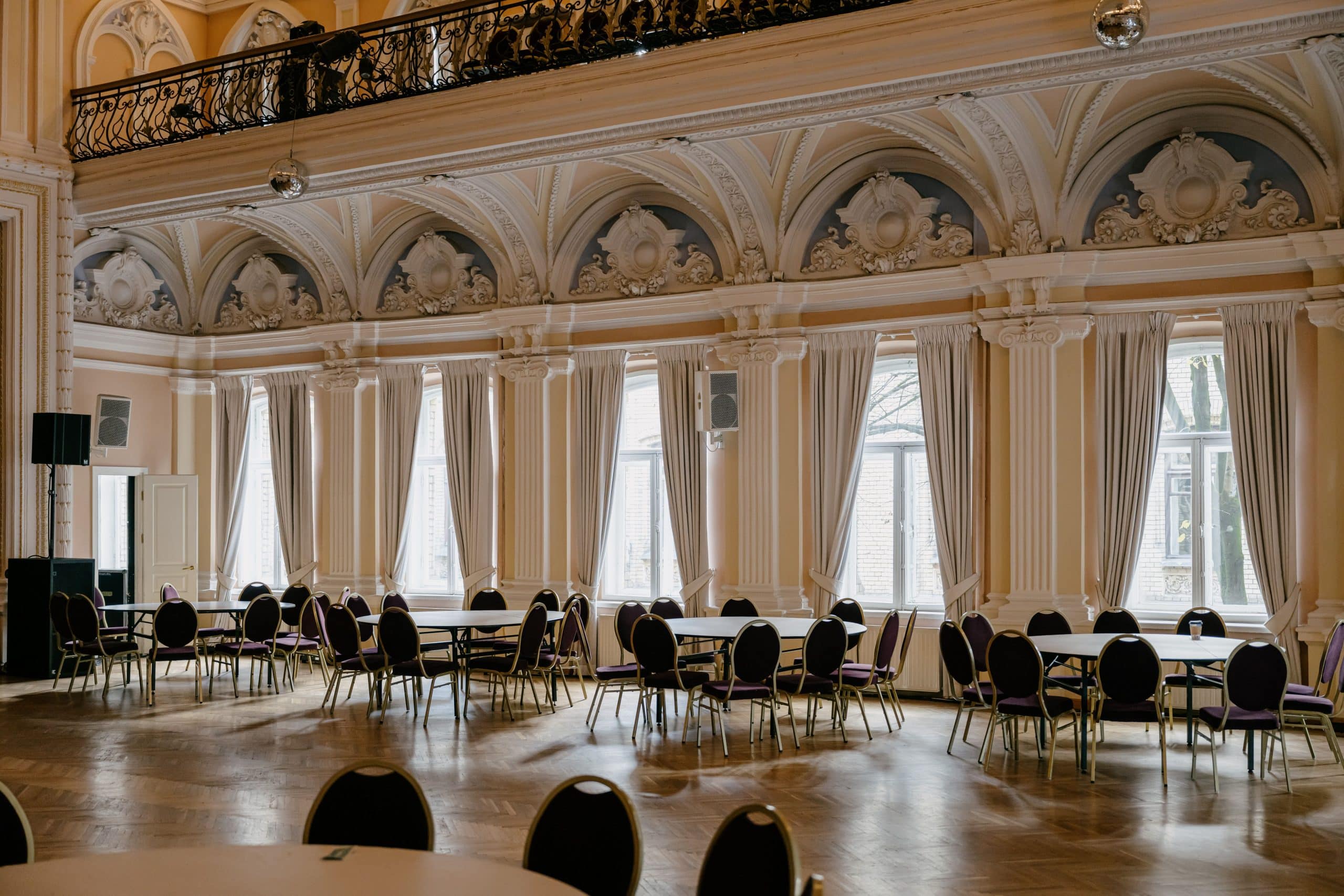Ramojus Petrauskas started working in television when he was only sixteen, eventually became the producer of MTV Baltics, and today he is successfully working in the advertising field. “The more complex and challenging the project is, the more I am interested,” Petrauskas says. His career has brought him over 400 commercials, a Cannes Lions Grand Prix award, and well-known brands as clients, including Cartier, BMW, Kinder, Ariel, Honda, Volvo, and Penny.
Ramojus, tell us how you started working in advertising.
I entered the advertising field kind of naturally; I started dabbing into it as early as the age of sixteen. I participated in shooting teenage TV shows and eventually became the producer of “MTV Baltics.” I learned everything through practical experience. At first, I lacked knowledge about the equipment and the different roles of the film crew members, but my curiosity led me further into the field until I fully immersed myself in the process. Trusting your instincts and respecting each team member helped on this journey.
What do you find most appealing and interesting about this profession?
The more complex the project, the more it appeals to me. It’s almost an addiction. I am motivated by the desire to take on new challenges and overcome them. I aim to work on projects that offer me a creative challenge and contribute positively to the development of the advertising sector.

What are the biggest changes you have noticed on the set in all these years?
The main change is the attitude towards colleagues. Previously, there was a strong sense of hierarchy and disrespect for those whose position was inferior on the set. It is important to instil the understanding that all team members are important. I can see fewer and fewer unpleasant people in this sector; it seems that the market is starting to reject them.
How does working on commercials differ from, let’s say, working in the cinema?
In fact, there are many similarities because both the team structure and the people working in the team are the same. Shooting an ad takes less time, and the work pace is completely different, so the stress level is also different. A film can take months or even years to complete; in contrast, if you spend an entire month on a commercial, that is considered a really long time.
What are the major challenges in this work?
The main challenges of a producer’s work are to manage various processes simultaneously, understand different positions, and withstand a considerable level of stress. The producer bears responsibility not only for the entire shooting team but also for the client. I believe that the qualities of a good producer include leadership and the ability to create a sense of trust and security within the team.
To be honest, various challenges, large and small, come up in every project. For example, once we were shooting a commercial in the middle of a lake and we needed at least 5 boats, but the boating season had not yet begun. I had to read and analyze a lot of legal acts to make sure our shooting would be done according to the law. There are always details that need to be taken care of.

We have amazing talents: high-level artists, stylists, technicians, and cameramen. This is something we can be proud of. They are not only talented but also willing to work. Unfortunately, we don’t have large studios, we can’t offer such spectacular locations as the southern countries, the weather is often bad, and the prices are increasing rapidly compared to our competitors. Both film and commercial producers can definitely feel it.
Perhaps we have notable camera-friendly locations in Vilnius that are often featured in foreign advertisements?
Filmmakers particularly like our old town because of its stylistic diversity. It looks very different in different advertisements; each director finds a unique point of view. Sometimes we don’t even understand why one or another location is chosen because, to us, it brings up a lot of associations and memories and sometimes doesn’t seem impressive enough. And then, when we see the result, we are pleasantly surprised.
The new neighborhoods, like business centers or Paupys, are also important, relevant, and attractive to ad makers. Thanks to them, now we get to do more car commercials and attract more global stars, which brings all kinds of benefits to the entire industry.
What was your most memorable filming experience this year?
The first thing that comes to my mind is the shooting for the French jewellery manufacturer Cartier. Over 200 people worked on it; we had a huge set, and a world-famous actress participated. The “Penny” commercial was also memorable: we shot this commercial with the director Marcus Ibanez in Vilnius, in a studio where we created an interior with many rooms. This campaign also won the main Grand Prix in the video art production category at the Cannes Lions, the highest possible award.

In your opinion, do we have examples of successful ad campaigns for Lithuanian brands?
In Lithuania, we do know how to make high-quality commercials, and they have a considerable budget. Still, in my opinion, there used to be more good commercials in the past. I cannot pinpoint the reason, but maybe the growing cost has something to do with it, or perhaps the era and the taste are changing?
What kind of connection do you try to establish with your client?
I believe a successful relationship between a producer and clients should be based on sincerity, openness, and the desire to work together toward a solution without fear.
What is paramount to making a good advertisement?
Even a brilliant idea will not bring results if there is a lack of funding, time, and attention.
Thank you for the conversation.



